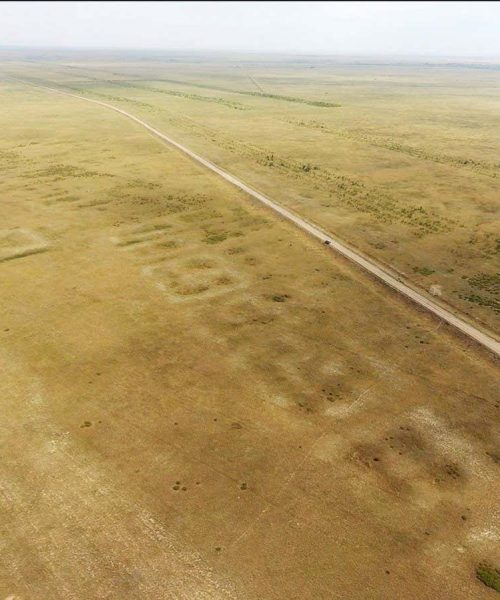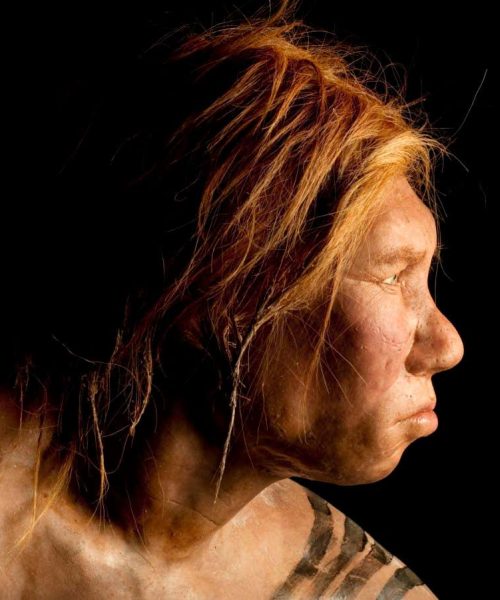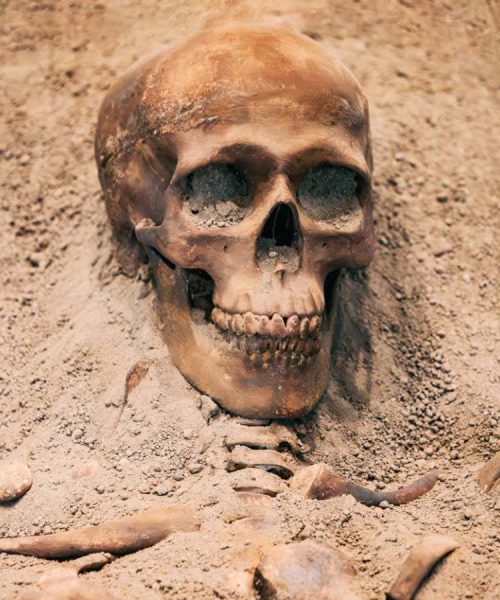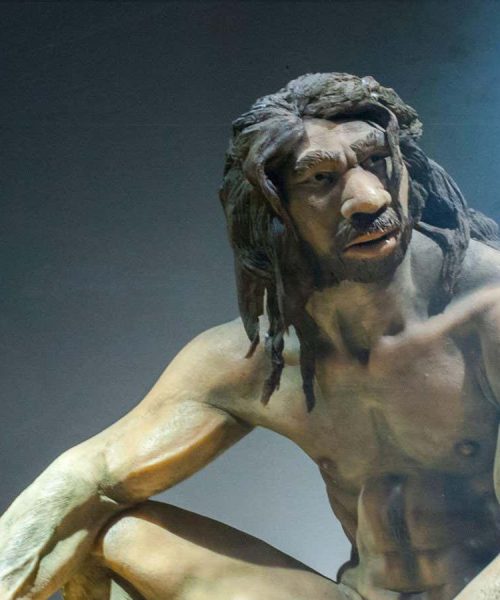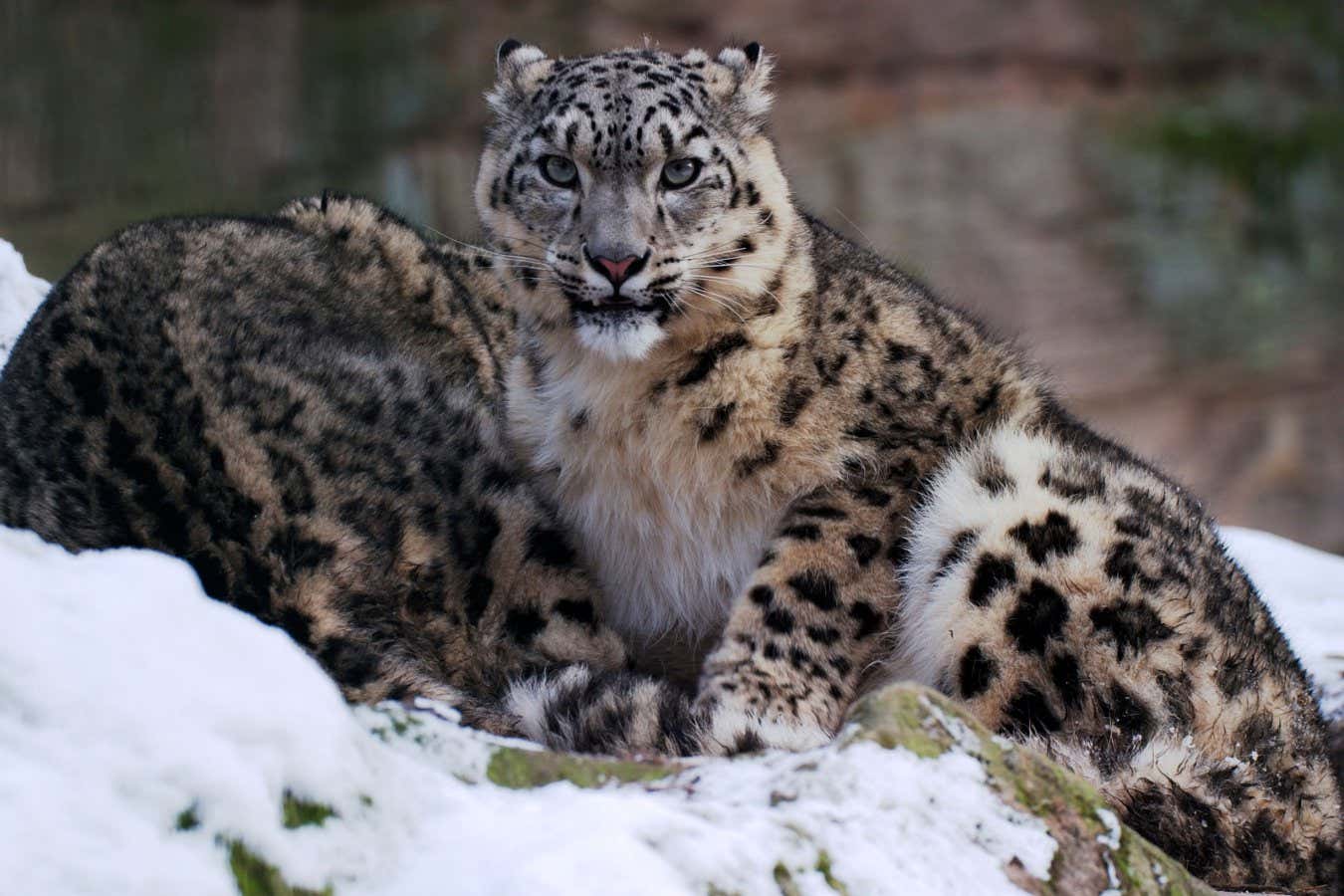
Snow leopards were among the animals hunted by Denisovans
Klaus Honal / Alamy
Ancient humans known as Denisovans hunted a wide range of animals on the Tibetan plateau, including blue sheep, yaks and snow leopards. This varied diet enabled them to thrive in the high-altitude region for tens of thousands of years before the arrival of modern humans.
“Denisovans were behaviourally quite flexible,” says Frido Welker at the University of Copenhagen in Denmark. “They’re able to really adapt to the local environment and the species that are present there.”
Advertisement
The Denisovans are one of the most mysterious groups of hominins with which we once shared the planet. They were first described in 2010, based on DNA extracted from a fragment of finger bone found in Denisova cave in the Altai mountains, Russia. It was the first time a hominin group had been identified solely based on DNA.
It is likely that Denisovans were once widespread in southern Asia because today many people in southern Asia and South-East Asia carry Denisovan DNA, indicating that Denisovans interbred with Homo sapiens tens of thousands of years ago. However, Denisova cave has only yielded teeth and other fragments. As a result, we don’t know much about what Denisovans looked like.
In 2019, researchers including Welker described a jawbone from Baishiya Karst cave in Xiahe in the north-east Tibetan plateau dated to 160,000 years ago. Protein from one of the teeth was identified as Denisovan.
The following year, another group found Denisovan DNA in the sediments of the cave. The DNA was variously 100,000, 60,000 and possibly 45,000 years old – implying that Denisovans lived there for over 100,000 years.
The Tibetan plateau is 4000 metres above sea level. The air is thin and it is cold and dry, making it a challenging place to live. To find out how the Denisovans survived for so long, Welker and his colleagues studied the animal bones from Baishiya Karst cave. By looking at the shapes of the bones and extracting telltale proteins, they identified 2005 out of 2567 bones or bone fragments.
The most numerous animals were blue sheep (Pseudois nayaur), or bharal. They and other sheep and goat relatives “make up around half of the assemblage”, says Welker. Other medium-sized plant-eaters included wild yak, Tibetan gazelles and red deer. There were also small animals like groove-toothed flying squirrels and porcupines. What’s more, there were some large carnivores, including spotted hyenas, wolves and snow leopards, plus some birds such as golden eagles.
Most of the bones seem to have been brought in by Denisovans: 19 per cent had clear evidence of this, such as cut marks made by stone tools, and less than 1 per cent showed signs – such as tooth marks – of being carried in by rodents or carnivores.
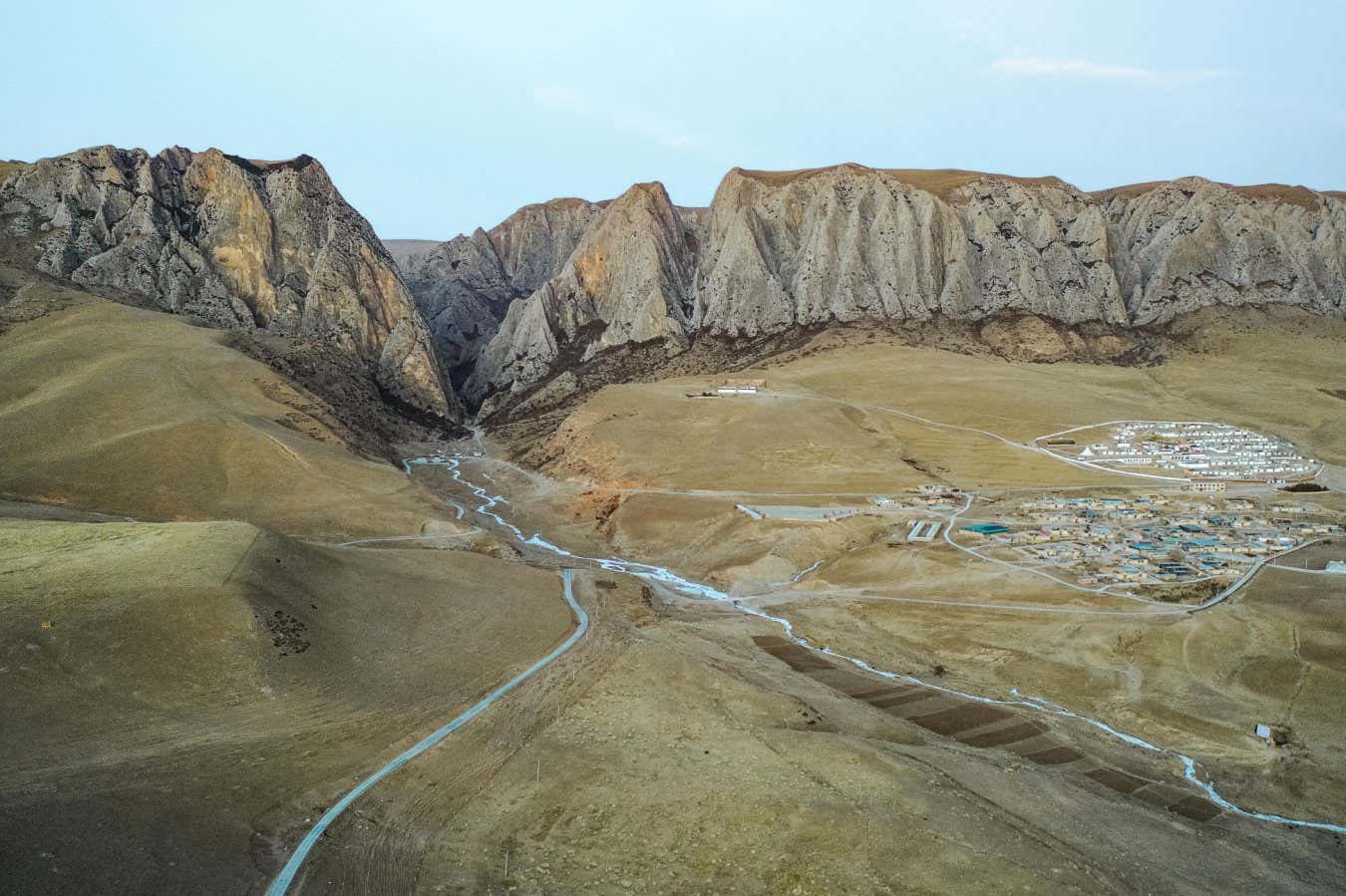
The setting of Baishiya Karst cave on the Tibetan plateau
Dongju Zhang’s group (Lanzhou University)
“This would be the second site where we can be absolutely certain that there are Denisovans present and that the associated assemblages specifically represent their behaviours,” says Samantha Brown at the University of Tübingen in Germany.
Other sites on the Tibetan plateau have stone tools but no hominin remains, so we don’t know who lived there. Further afield, a single molar tooth described in 2022 from Tam Ngu Hao 2 limestone cave in Laos has been tentatively identified as Denisovan.
We can’t draw too many inferences about Denisovans’ capabilities based on so few sites, says Brown. “However, we expect that Denisovans would once have been found as far north as Siberia and potentially as far south as [the islands of] South-East Asia. It could be that, as we find more of their sites, we really begin to see that Denisovans were highly adaptable.”
One of the bones from Baishiya Karst cave, a piece of rib, turned out to be another Denisovan. It was found in a layer of sediments dated to between 48,000 and 32,000 years ago – making it the youngest known Denisovan specimen. Welker says stone tools from Nwya Devu on the plateau are evidence that modern humans were also living there by 40,000 years ago – hinting that Denisovans and modern humans co-existed in the area.
Topics:

